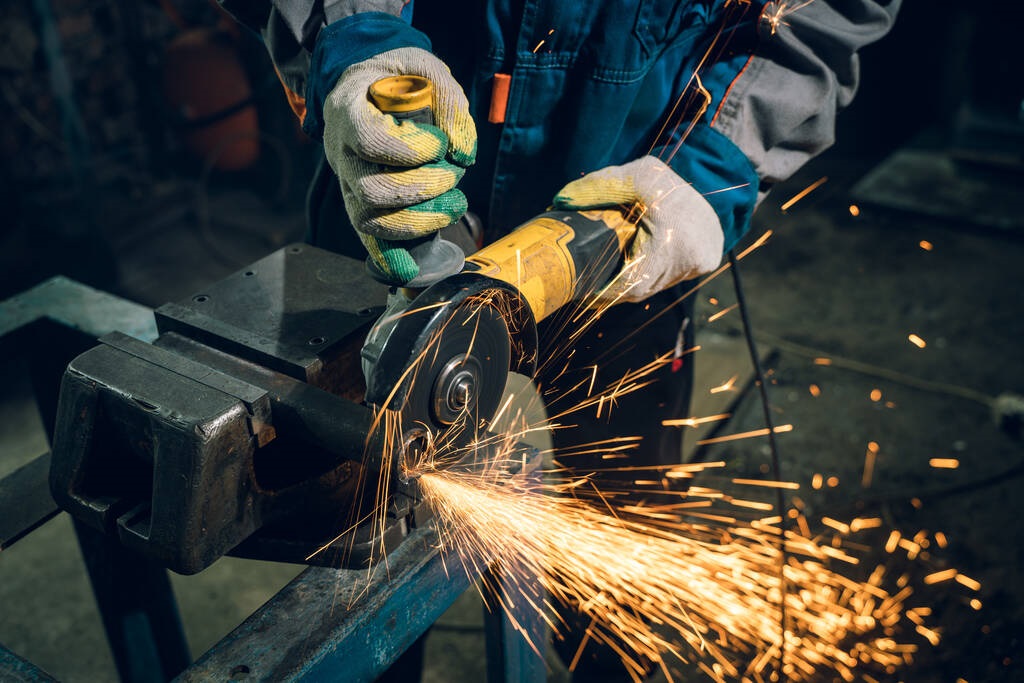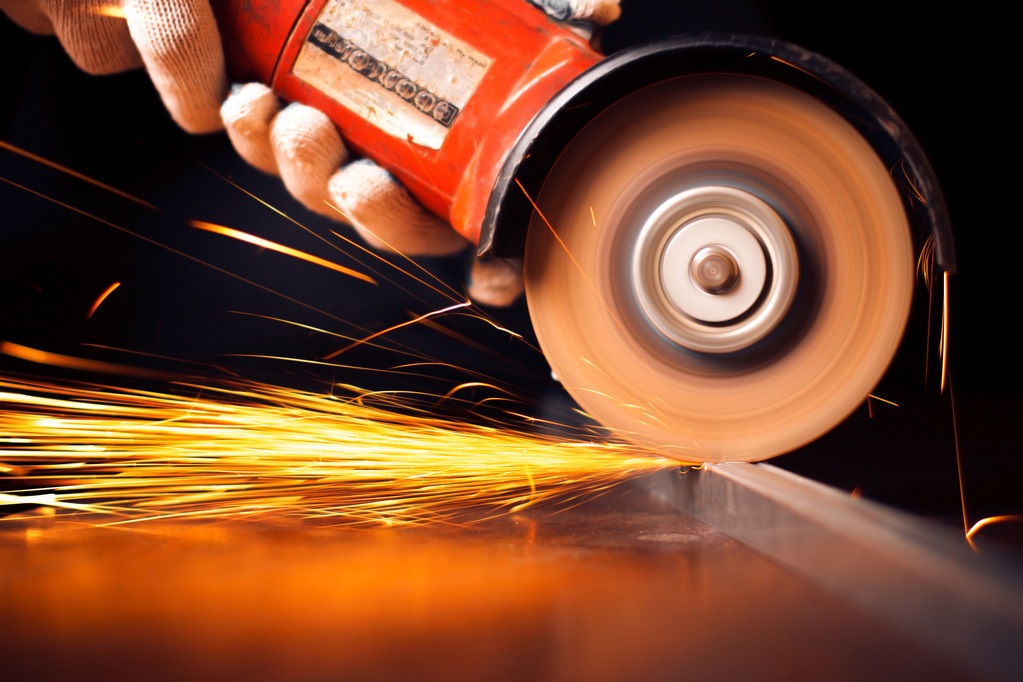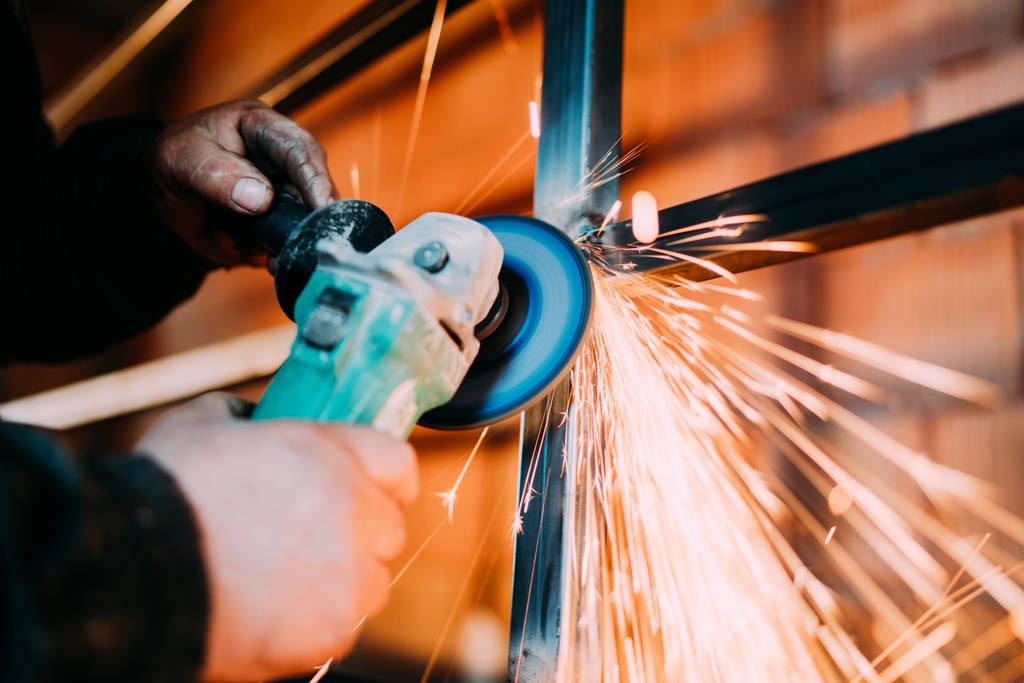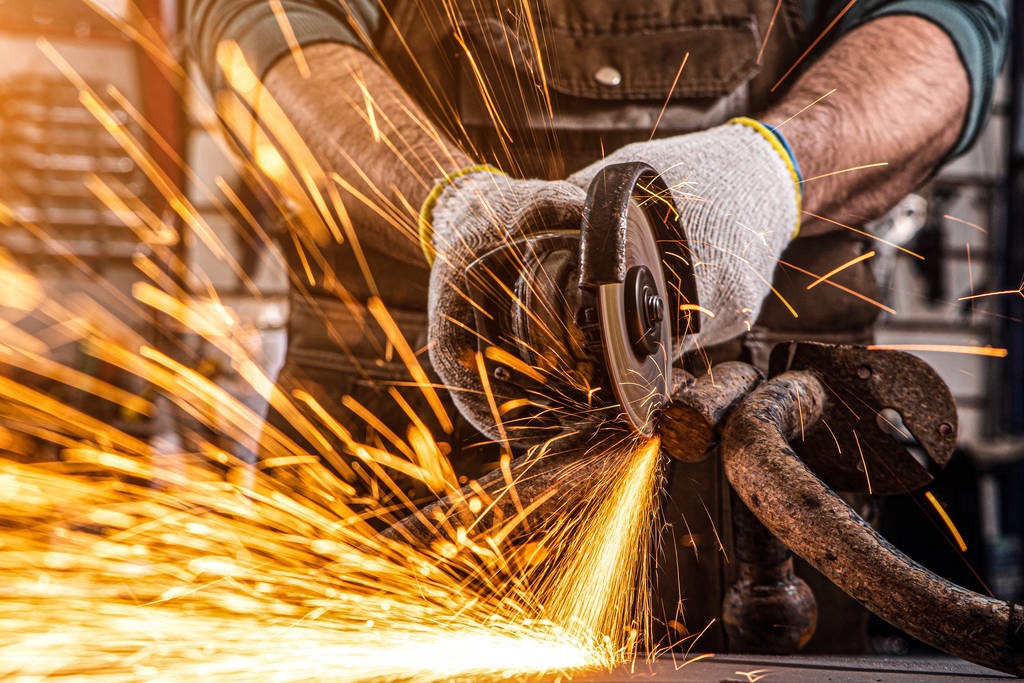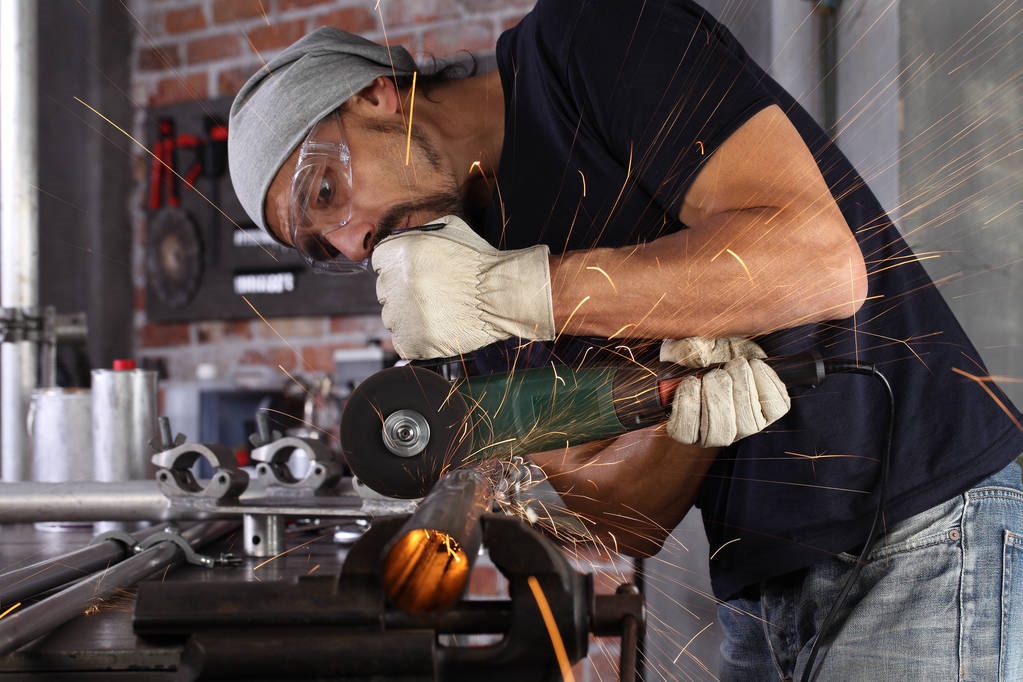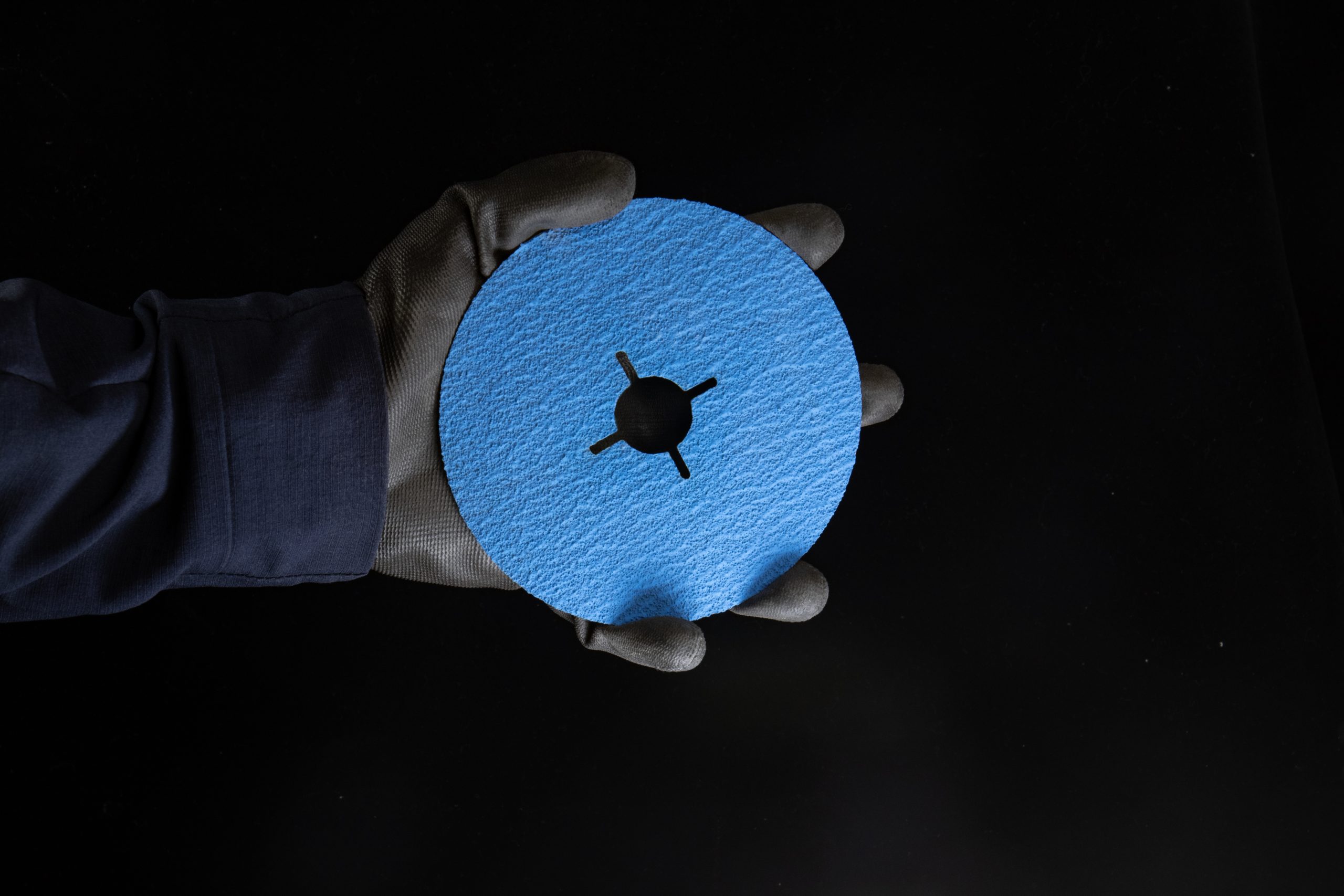INOX cutting discs, also known as stainless steel cutting discs, are specialized tools designed to cut materials like stainless steel and other metals without causing damage to the material or the disc itself. These discs are a staple in metalworking, construction, automotive repair, and other industries that require precision cutting of hard materials. This article …
Category Archives: Blog
Operating an abrasive wheel is a task that requires not only skill and attention but also a strong commitment to safety. Abrasive wheels, such as grinding wheels and cut-off wheels, are widely used in various industries for cutting, grinding, and finishing tasks. However, these tools pose significant hazards if proper precautions are not taken. One …
El acero inoxidable es un material duradero y versátil, comúnmente utilizado en diversos proyectos de construcción, fabricación y bricolaje. Sin embargo, cortarlo puede ser una tarea desafiante sin las herramientas y técnicas adecuadas. Una de las herramientas más efectivas para cortar acero inoxidable es la amoladora angular. En este artículo, exploraremos el proceso paso a …
Grinding discs are vital tools in the world of industrial manufacturing, construction, and maintenance. They come in various types, each designed for specific purposes and materials. These discs are used in grinding machines, where they help shape and smooth materials like metal, stone, concrete, and ceramics. Understanding the different types of grinding discs and their …
When it comes to drywall finishing, sanding is one of the most critical steps in achieving a smooth, flawless surface. Whether you’re preparing drywall for paint or trying to eliminate imperfections from a joint compound, choosing the right grit sandpaper can make a huge difference in the final result. This guide will cover the various …
Los cepillos de alambre para taladros son herramientas versátiles que pueden ser increíblemente útiles en diversas aplicaciones. Ya sea que necesites eliminar óxido de superficies metálicas, quitar pintura o simplemente dar un acabado pulido a una superficie, los cepillos de alambre son una solución eficiente. En esta guía completa, exploraremos los diferentes tipos de cepillos …
Flap discs are indispensable tools for metalworking, blending cutting-edge abrasive technology with the functionality of a grinding wheel and the versatility of a fiber disc. However, selecting the right grit size for your flap disc is critical to achieving desired results. This guide dives into the key factors to consider, the available grit sizes, and …
Rust is a common problem for metal tools, but it doesn’t have to mean the end of their usefulness. Among various rust removal techniques, using abrasive tools stands out as an effective and straightforward method. This approach involves physically scraping or grinding away the rust, restoring the tool’s functionality and appearance. In this article, we …
Les tuyaux en fonte sont populaires dans les systèmes de plomberie en raison de leur durabilité et de leur longévité. Cependant, il arrive que vous deviez couper un tuyau en fonte, que ce soit pour une réparation ou un remplacement. Couper un tuyau en fonte peut être une tâche difficile, mais c’est possible avec les …
Using fibre discs on an angle grinder is one of the most effective ways to achieve smooth finishes or remove material quickly. These versatile tools can grind, polish, and smooth a variety of surfaces, including metal, wood, and plastic. Properly using a fibre disc on an angle grinder requires understanding the tools, techniques, and safety …


